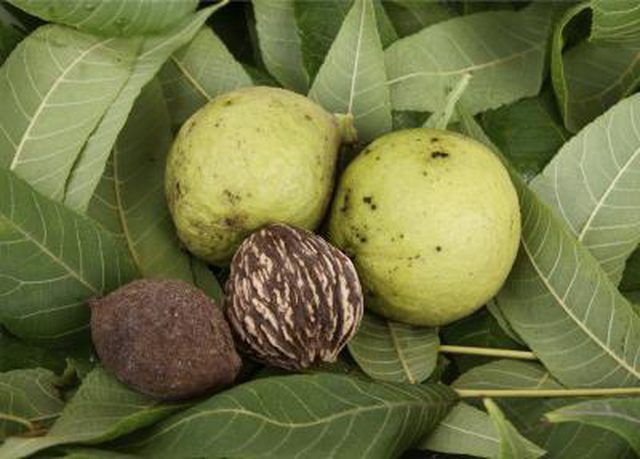Bulbs
Flower Basics
Flower Beds & Specialty Gardens
Flower Garden
Garden Furniture
Garden Gnomes
Garden Seeds
Garden Sheds
Garden Statues
Garden Tools & Supplies
Gardening Basics
Green & Organic
Groundcovers & Vines
Growing Annuals
Growing Basil
Growing Beans
Growing Berries
Growing Blueberries
Growing Cactus
Growing Corn
Growing Cotton
Growing Edibles
Growing Flowers
Growing Garlic
Growing Grapes
Growing Grass
Growing Herbs
Growing Jasmine
Growing Mint
Growing Mushrooms
Orchids
Growing Peanuts
Growing Perennials
Growing Plants
Growing Rosemary
Growing Roses
Growing Strawberries
Growing Sunflowers
Growing Thyme
Growing Tomatoes
Growing Tulips
Growing Vegetables
Herb Basics
Herb Garden
Indoor Growing
Landscaping Basics
Landscaping Patios
Landscaping Plants
Landscaping Shrubs
Landscaping Trees
Landscaping Walks & Pathways
Lawn Basics
Lawn Maintenance
Lawn Mowers
Lawn Ornaments
Lawn Planting
Lawn Tools
Outdoor Growing
Overall Landscape Planning
Pests, Weeds & Problems
Plant Basics
Rock Garden
Rose Garden
Shrubs
Soil
Specialty Gardens
Trees
Vegetable Garden
Yard Maintenance
How to Dry Black Walnuts
How to Dry Black Walnuts. Black walnuts come from the black walnut tree (Juglans nigra), a common tree in the central and southern United States that grows in U.S. Department of Agriculture plant hardiness zones 4 through 9. Though the trees begin blooming in early spring, nuts aren't harvested until the autumn, which is usually around late...

Black walnuts come from the black walnut tree (Juglans nigra), a common tree in the central and southern United States that grows in U.S. Department of Agriculture plant hardiness zones 4 through 9. Though the trees begin blooming in early spring, nuts aren't harvested until the autumn, which is usually around late September in most locations. To store black walnuts for long-term use, the nuts should be dried in the shell to prevent mold or other unwanted problems before you're ready to use them.
Identifying Ripe Nuts
Before harvesting and drying black walnuts, you need to know which nuts are ripe and ready for harvest. The unripe fruit of the black walnut tree is hard and bright green, but the fruit softens and the color shifts to yellow as the fruit ripens. A ripe black walnut fruit can be dented with gentle pressure from your thumbnail and will be mostly if not completely yellow. Fruit that has begun turning brown or black is overripe.
Harvesting Walnuts
As black walnuts ripen, they will naturally begin falling from the trees. Some of these fallen nuts may be overripe, however. If you don't want to wait for ripe nuts to fall, you can manually harvest them by either climbing a ladder to pull them from the tree or by shaking limbs to make nuts fall. Being hit by falling nuts can hurt, however, so head protection should be worn by anyone under or around the tree when harvesting nuts that haven't already fallen.
Removing the Husks
Remove the fruit husks from the walnuts as soon as possible after harvesting as the husks can discolor the nuts and affect their flavor if left on for too long. Crack the husks with a hammer, stomp them underfoot or place them on a gravel driveway and drive over the nuts slowly with your car, advises Iowa State University. Be careful when handling fresh black walnut husks, as the juice from the husks will stain cloth, skin, and even concrete so wearing gloves is advised. Once the husks are removed, thoroughly wash the nuts to remove hull juice and debris. You can place the nuts into a pail of water to wash them and sort the bad nuts from ones that are good. Filled nuts will sink to the bottom of the bucket and unfilled ones will float on the surface of the water. Throw away the unfilled nuts.
Drying the Nuts
Leaving the nuts in their shells, place them in shallow layers on a wire rack or other surface that allows for good airflow to dry. Leave the nuts there for two to three weeks, giving them enough time for any moisture from the hull to evaporate and the natural oils to dry out. Once dried, the nuts will keep within the shells. When you remove the shells, however, the nuts need to be used quickly or placed in a freezer-safe container and frozen to prevent them from turning rancid.
Shelling Black Walnuts
Black walnuts are notoriously hard to crack because of how hard their shells are. If you have a pressure nutcracker available, use it instead of a handheld variety. If you don't have a pressure nutcracker, soak the dried nuts in water for one or two hours before attempting to crack them. The shells absorb moisture and become more flexible, making them easier to crack.